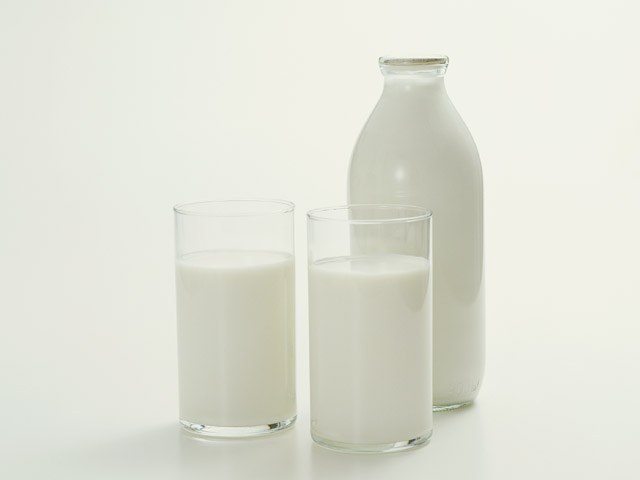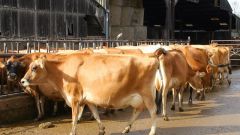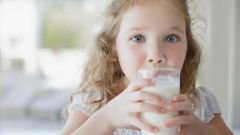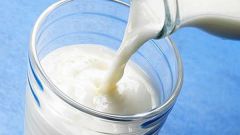Raw milk can only drink "fresh" and only 1-2 hours after milking. With full confidence that the animal is healthy and has complied with all rules of hygiene in its content and with the intake of milk. After two hours fresh milk loses its bactericidal properties and becomes a breeding ground for various bacteria.
At temperatures above + 4oC in raw milk start to breed different kinds of microbes and bacteria. Their carriers may not be entirely healthy animals and workers in livestock farms.
A perfect habitat for germs is reusable utensils used in milking, as well as leather and wool cows. Animals cannot be kept scrupulously clean, even on a personal farmstead.
In raw milk multiply rapidly E. coli and Salmonella. Both microbes cause serious infectious disease: dysentery and salmonellosis. Milk can become a habitat of Staphylococcus and tubercle Bacillus.
Unsafe for health and dairy products, naturally fermented from raw milk. In such an environment may fit any of the existing pathogens.
All modern methods of milk processing guarantee maximum safety of dairy products. During pasteurization milk is heated, then boiled for at least 15 seconds. Rapid cooling completes the process, making the milk a delicious and useful product.
In the production of yogurt, kefir and yoghurt are also used pasteurized milk and specially processed yeast. If you buy raw milk from farmers, it is recommended to boil.
Treatment of milk reduces almost to nothing the danger of propagation in it of pathogenic bacteria. But many people still prefer to drink raw milk, believing that it loses its beneficial properties when boiled.
Infectious disease physicians and pediatricians are advised to refrain from drinking raw milk for pregnant women, children, and babies. They are particularly at risk of infectious diseases and severe complications of the disease.
Milk is recommended to buy from trusted manufacturers, as all the stages of production control supervisors. The standards of production and storage shall be established by the CPS and met in most cases.
Pathogenic bacteria in raw milk
At temperatures above + 4oC in raw milk start to breed different kinds of microbes and bacteria. Their carriers may not be entirely healthy animals and workers in livestock farms.
A perfect habitat for germs is reusable utensils used in milking, as well as leather and wool cows. Animals cannot be kept scrupulously clean, even on a personal farmstead.
In raw milk multiply rapidly E. coli and Salmonella. Both microbes cause serious infectious disease: dysentery and salmonellosis. Milk can become a habitat of Staphylococcus and tubercle Bacillus.
Unsafe for health and dairy products, naturally fermented from raw milk. In such an environment may fit any of the existing pathogens.
Pasteurization or boiling makes the milk safe
All modern methods of milk processing guarantee maximum safety of dairy products. During pasteurization milk is heated, then boiled for at least 15 seconds. Rapid cooling completes the process, making the milk a delicious and useful product.
In the production of yogurt, kefir and yoghurt are also used pasteurized milk and specially processed yeast. If you buy raw milk from farmers, it is recommended to boil.
Treatment of milk reduces almost to nothing the danger of propagation in it of pathogenic bacteria. But many people still prefer to drink raw milk, believing that it loses its beneficial properties when boiled.
Infectious disease physicians and pediatricians are advised to refrain from drinking raw milk for pregnant women, children, and babies. They are particularly at risk of infectious diseases and severe complications of the disease.
Milk is recommended to buy from trusted manufacturers, as all the stages of production control supervisors. The standards of production and storage shall be established by the CPS and met in most cases.



